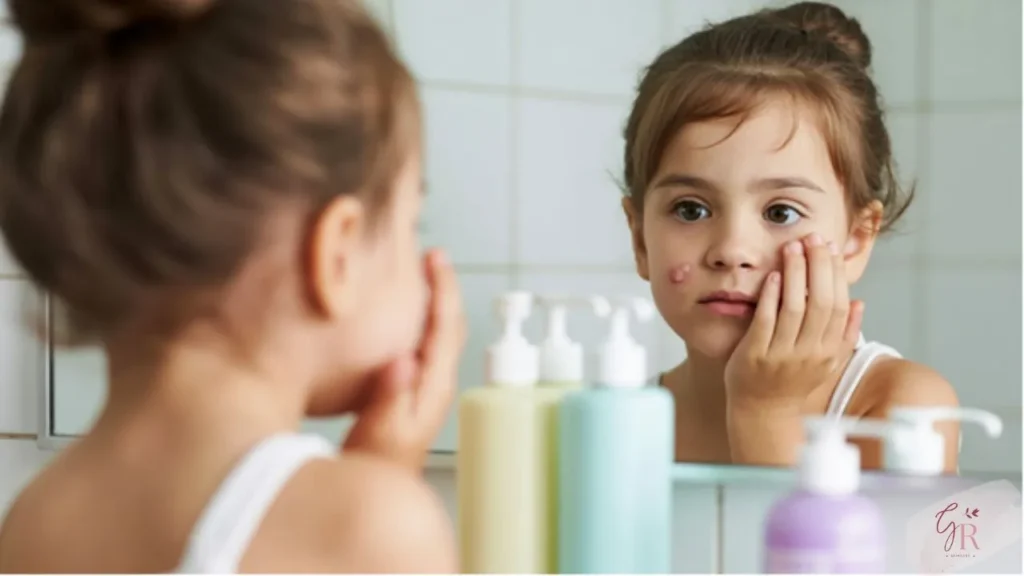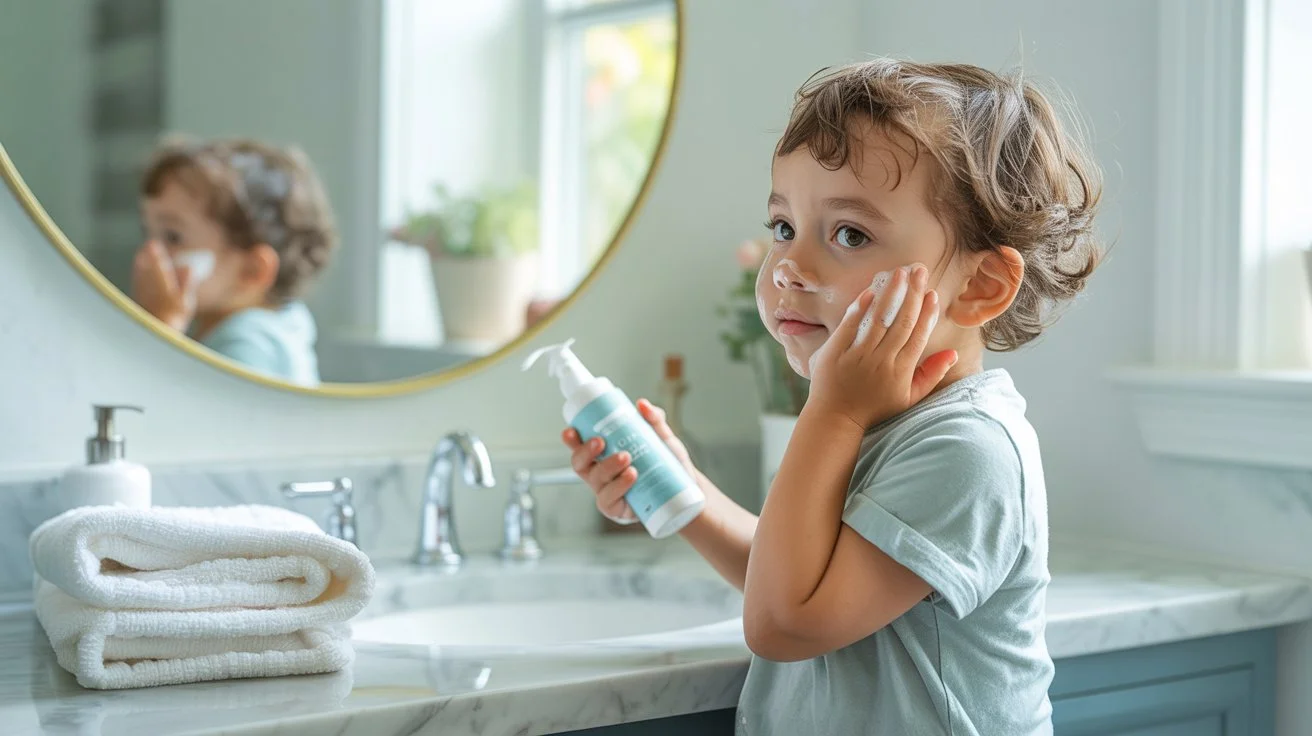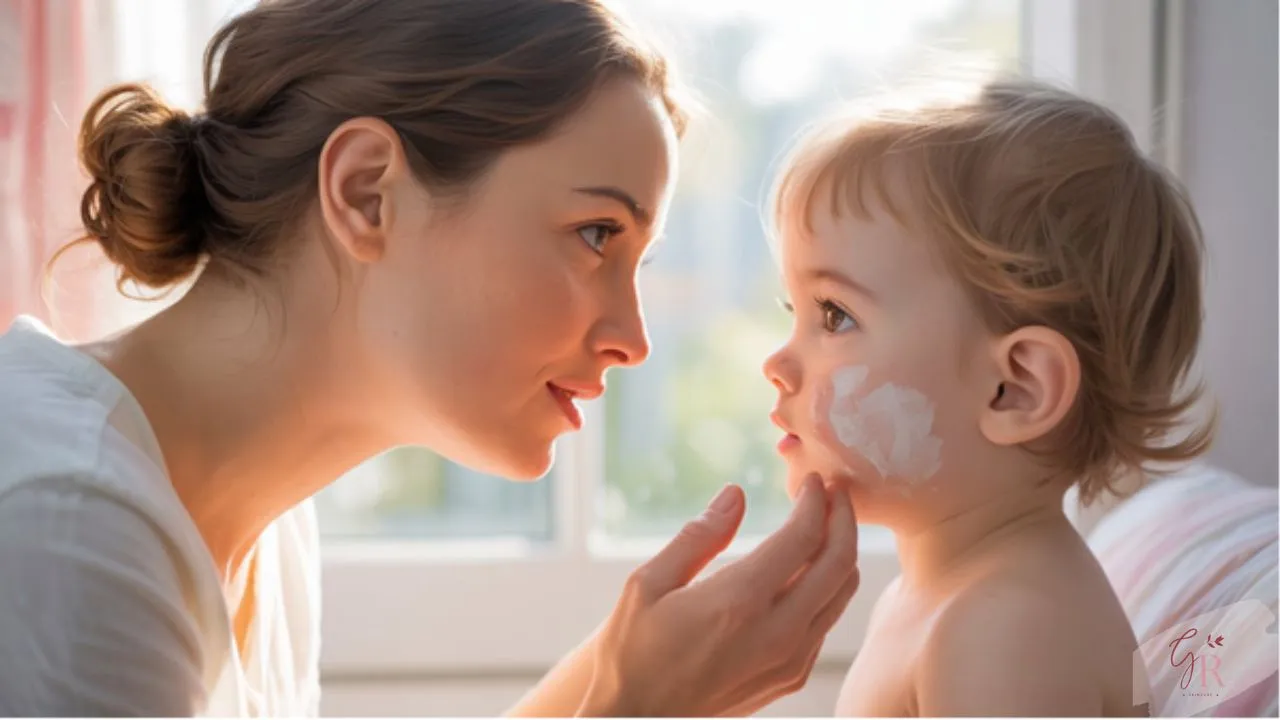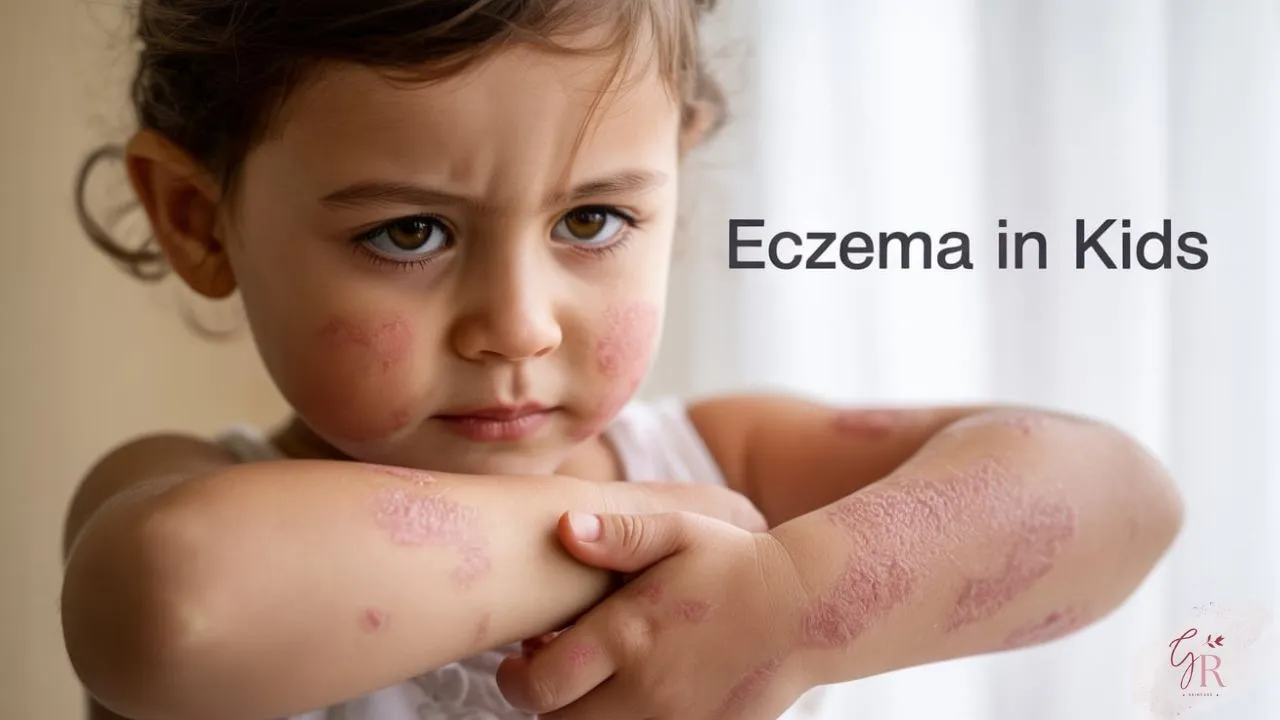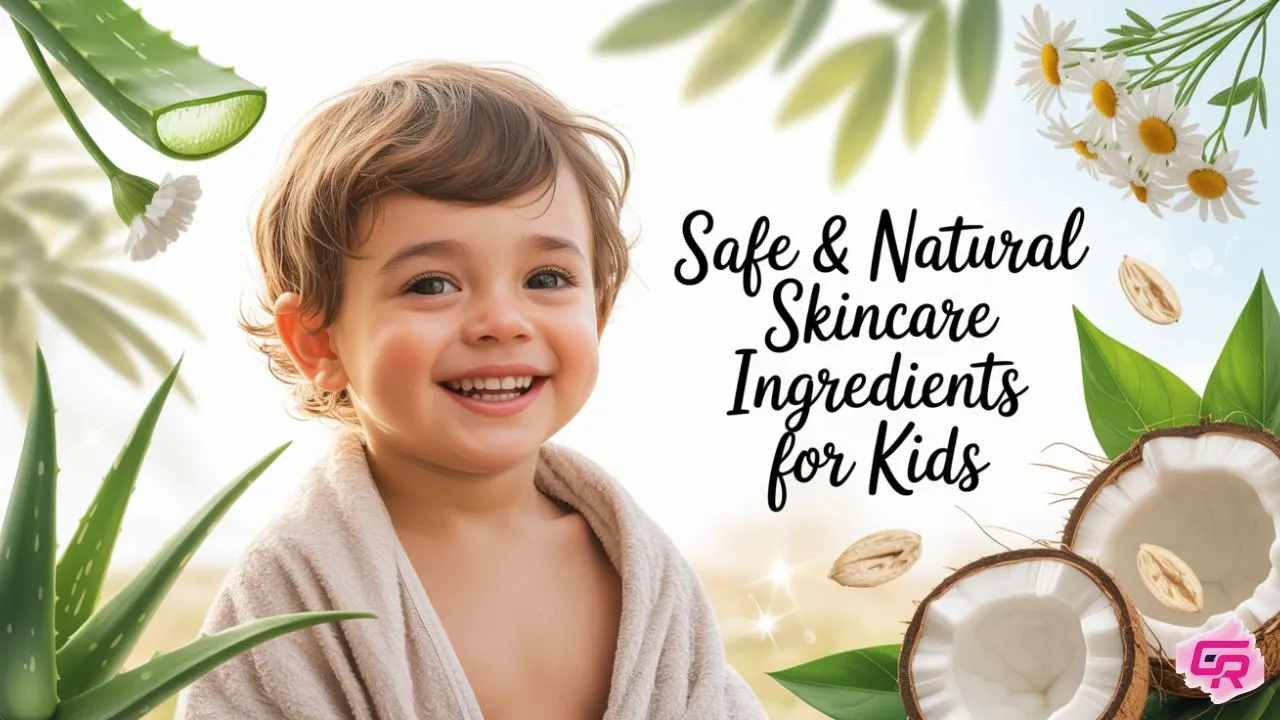Acne in kids is becoming a common problem these days. Many parents are wondering, can kids get acne? The answer is yes — acne starts appearing at a young age due to today’s environment and hormonal changes.
If you are confused about what these early signs of acne in kids are or what is the reason behind it, then you are at the right place. In this article, we will tell you
- What are the early signs of acne in kids
- What causes acne in children
- And how you can control this problem with simple and safe kids acne treatment
Let’s understand how to recognize these pimples on the face of children and their easy solution.
How Common Is Acne in Kids?
Nowadays, acne in kids has become very common problem. Not only teenagers, but even five-year-old children can show signs of acne. Latest studies have proven this:
- In Australia, 10.8% of kids aged between 5 and 13 years were found to have acne symptoms.
- According to a study by NCBI, 28% of children aged 7 to 9 years had early signs like comedones (blackheads/whiteheads) or small pimples.
Another study conducted in Italy revealed that:
- 34.3% of children aged 9 to 14 years reported acne complaints.
- The percentage increases with age — from 6% at age 9, rising to 36% during early teenage years.
That is, today’s changing environment, hormonal shifts, and lifestyle factors are causing prepubertal acne even at a young age.
What Is Prepubertal Acne?
Prepubertal acne is the acne that occurs before puberty starts, that is, between the ages of 7 to 12. This type of acne occurs in children.
- Comedonal acne – whiteheads or blackheads
- Papules and pustules – red or pus-filled bumps
- In some cases, deeper cystic pimples may appear
Therefore, if your child is in the age range of 7 to 13 and has pimples or bumps repeatedly, do not take it lightly. Timely treatment and prevention are necessary.
Early Signs of Acne in Kids
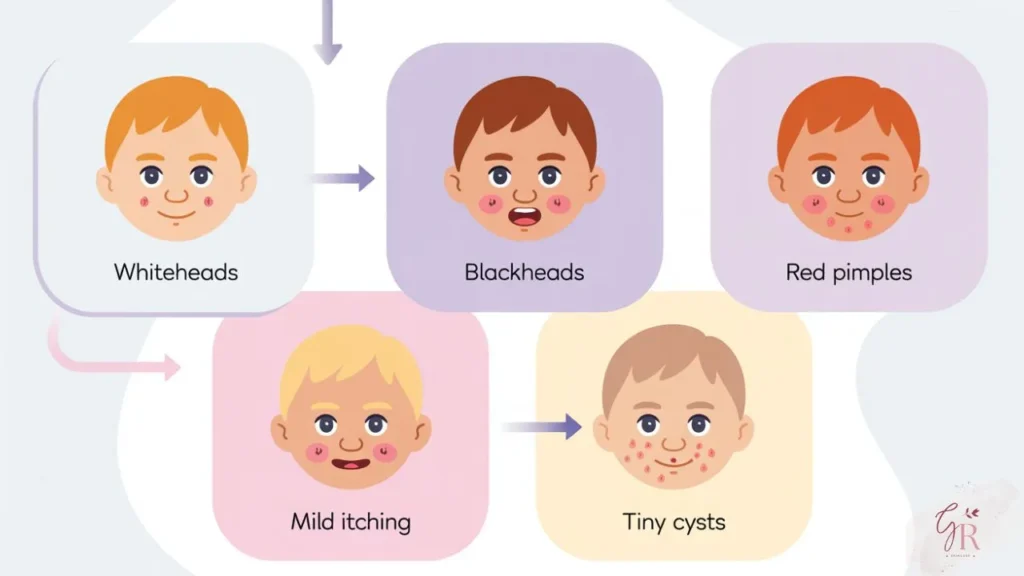
Acne in children has become very common due to today’s environment and hormonal changes. Many parents do not understand at first whether the marks on their child’s face are signs of acne or something else. If you are also confused, then it is important to understand these early signs of acne in kids:
Whiteheads and Blackheads (Comedones)
This is the first and most common sign. Small white or black dots appear on the face of children, usually on the nose, forehead or chin.
Red Bumps and Pimples (Papules, Pustules)
When acne progresses, red bumps appear. Sometimes they are filled with pus, called pustules.
Mild Itching or Tender Spots
Some children experience mild itching or pain on the face. This can also be an early symptom.
Small Cysts or Nodules
In rare cases, small, deep, hidden cysts develop, which are painful. If you are experiencing these symptoms, you should consult a doctor.
What Causes of Acne in Children
Many parents are surprised to see that their child is showing the early signs of acne even before they reach teenage years, but in fact, acne in kids can be caused by many different things.
Hormonal Changes Before Puberty
Hormonal changes do not always occur after puberty. In most children, between the ages of 7 to 12, the adrenal glands start producing hormones like androgens, which produce excess oil and cause acne.
Genetics (Family History)
If one of the parents had acne in childhood or adolescence, the chances of the child developing it are higher. Acne can also run in families.
Oily Skin and Excess Sebum
Children’s skin is naturally oily, and their pores get blocked more easily, which leads to whiteheads, blackheads, and pimples.
Humidity and Sweating
Being in a hot or humid environment, or sweating due to exercise, can block the pores, which can lead to acne. Acne breakouts increase
Skin Friction and Pressure
Wearing tight caps, helmets or repeatedly placing hands on the face irritates the skin and this increases acne
Cosmetic and Skincare Products
Skincare or makeup products that are not made for kids can block pores and cause acne in children. Always use gentle and non-toxic products.
Related: Learn to spot Dry Skin in Kids: Easy Signs Every Parent Should Know
Simple and Safe Solutions for Kids’ Acne
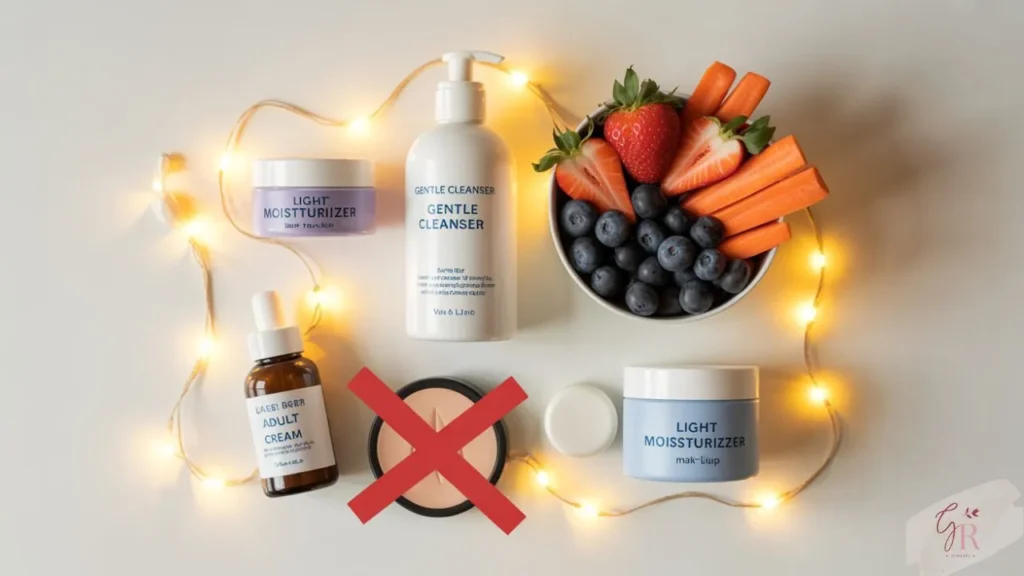
Kids acne treatment should be simple and safe to work without irritating their soft skin.
- Use a gentle cleanser and moisturizer: Use a mild face wash every morning and evening that is specifically made for kids’ acne treatment. Then apply a light moisturizer so that the skin is hydrated and not dry.
- Encourage healthy habits: Make it a habit for the child not to touch their face frequently. Also, include more fruits, vegetables and water in their diet. Avoid spicy food and oily things.
- Try mild acne creams or spot treatments: If one appears more, over-the-counter creams such as 2.5% benzoyl peroxide or products with salicylic acid can be used, but only according to their age and skin.
- Avoid harsh scrubs and adult skincare: Strong scrubbing or adult products can damage children’s faces, so always use kid-friendly skincare products.
- Don’t cover acne with makeup: This It further blocks the pores and increases acne.
If these simple solutions are followed, acne in children can be controlled to a great extent without any heavy treatment.
Related: Read our Morning Skincare Routine for Kids with Oily Skin to prevent pimples naturally.
FAQs
Is it normal for kids to get acne?
Yes, acne in kids has become common due to hormones, diet, and skincare.
Can kids’ acne be treated at home?
Yes, gentle cleansers, moisturizers and a healthy diet can help.
Which face wash is safe for kids with acne?
Use gentle, fragrance-free face wash with salicylic acid or benzoyl peroxide.
Are acne creams safe for children?
Yes, in small amounts and low strength after patch testing.
Should children use makeup to cover acne?
No, it blocks pores and worsens the skin.
Conclusion
Acne in kids is now a common problem but can be controlled with awareness. Soft skincare, good habits and safe products help maintain clear and healthy skin. Avoid heavy products and consult a dermatologist if needed.
Hi, I’m Ramsis — a passionate skincare researcher who believes in the power of gentle, natural care for kids and teens. I spend my time studying dermatology-backed methods and safe home remedies to help parents make confident skincare choices. Every tip you read here is carefully researched and simplified just for you!

